‘You're setting the parent up for failure’: Barriers to reunification reflect ‘root causes’ of child removal
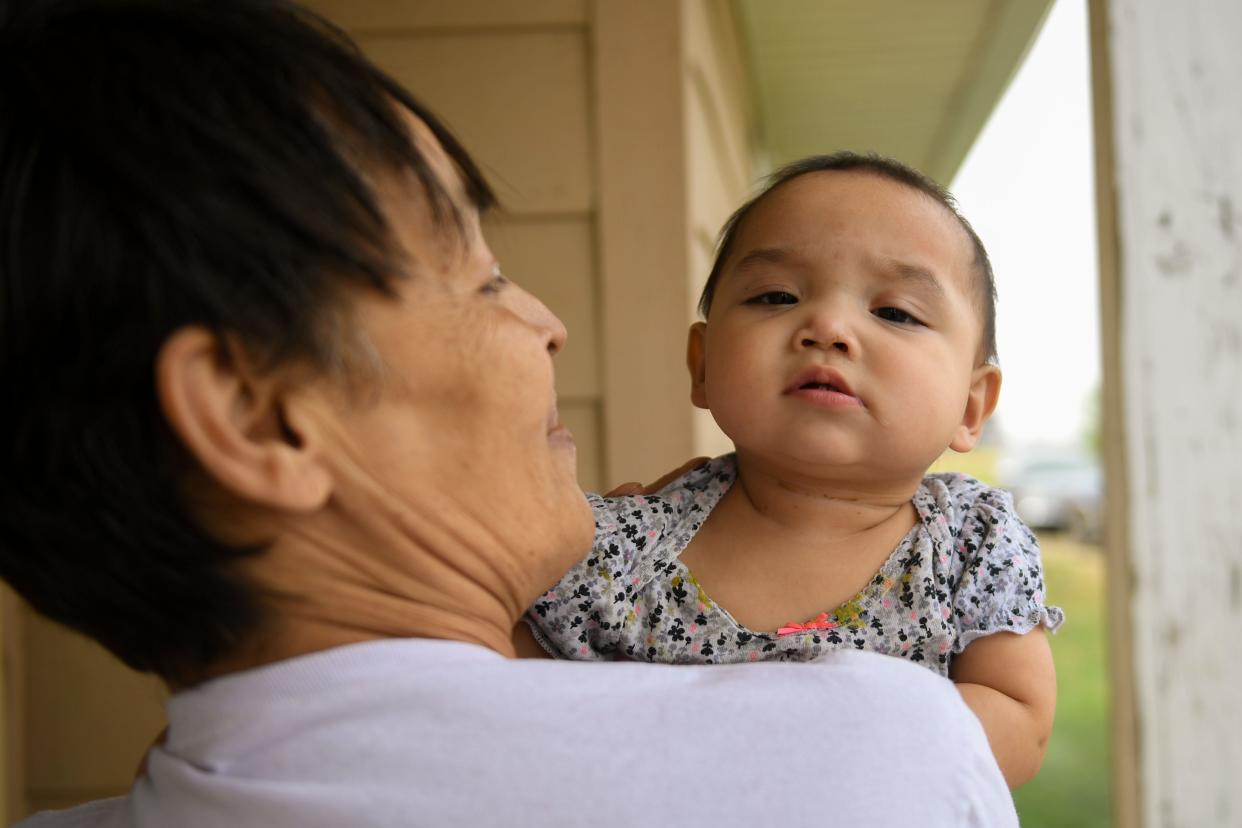
- Oops!Something went wrong.Please try again later.
Editor's note: This is the fourth part in a six-installment series about Native American children in South Dakota's foster care system, produced in partnership between the Argus Leader and South Dakota Searchlight.
Toni Handboy and Christian Blackbird are constantly telling their clients not to give up.
Handboy, a counselor at Wakpa Waste Counseling Services in Eagle Butte, and Blackbird, the Crow Creek Indian Child Welfare Act director, frequently work with parents trying to get their children back from the foster care system.
But complying with reunification requirements can be a lot for parents to overcome, the two admit.
"I don't know if a mother can do all those things — get sober, get a job, get their GED and get on a waitlist for a home for their children," Handboy said. "They might be waiting two or three years. I just don't see it happening right away."
An Argus Leader/South Dakota Searchlight investigation examined the issues Native families and children face inside South Dakota’s child welfare system. Native American children accounted for nearly 74% of the foster care system at the end of fiscal year 2023 — despite accounting for only 13% of the state’s overall child population.
About half of the children who enter into the foster care system in South Dakota can expect to be reunited with their parents. But for Native American children, that expectation drops to 40%.
Biological parents, foster parents and experts agree that it’s often not for a lack of love if parents fail to achieve reunification with children. Instead, several barriers may contribute to a family’s inability to reunify.
Barriers connected to poverty, to a lack of resources in rural areas and to changing expectations set by the state Department of Social Services can make it daunting for parents to get their children back.
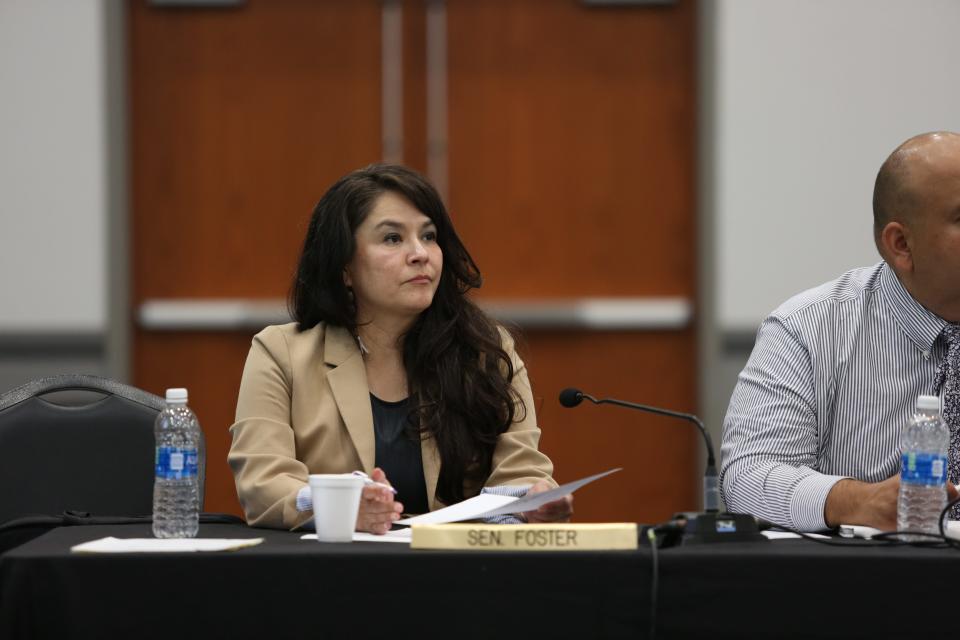
Sen. Red Dawn Foster, D-Pine Ridge and an enrolled member of the Oglala Sioux Tribe, brought a bill in the 2023 legislative session to examine the overrepresentation of Native American children in the child welfare system, which included looking at such barriers. The 1978 federal ICWA law applies to Native families after the child has been removed.
More: South Dakota inspired ICWA but still has high rate of Native children in foster care
"ICWA doesn't address the root cause of what's making families vulnerable to being separated," Foster said.
‘Neglect often looks like poverty,’ child welfare advocates say
South Dakota is home to six of the top 10 poorest counties in the United States, and all six include reservation or tribal land.
Children in poverty are at risk for neglect, the leading reason children are placed in foster care in South Dakota. They’re more likely to miss meals because their parents can’t afford them, or more likely to live in overcrowded or inadequate housing.
Child welfare advocates say poverty can be confused for neglect.
Rep. Peri Pourier, D-Pine Ridge and an enrolled member of the Oglala Sioux Tribe, pleaded unsuccessfully with lawmakers during the 2023 legislative session to create an Indian child welfare task force.
“Being born and raised in one of the poorest counties in the country, I can tell you that neglect often looks like poverty,” Pourier said on the House floor.
While poverty can lead to developmental and health risks for children, the presence of poverty alone doesn’t mean a child is unsafe, unloved or uncared for at home, Pourier said.
Neglect, in most cases, is solvable with guidance or support from agencies, Handboy said, and may not require children to be removed from their home.
“To me, that’s an injustice for the children,” Handboy said.
‘You're setting the parent up for failure’: Foster children moved hours across South Dakota
More than 500 foster children in the state are from Pennington County, which is more than one-third of all children in the system, according to data from August.
Yet only 103 foster families are licensed in the county. That means a significant number of children are shipped hundreds of miles across the state, even so far as Sioux Falls.
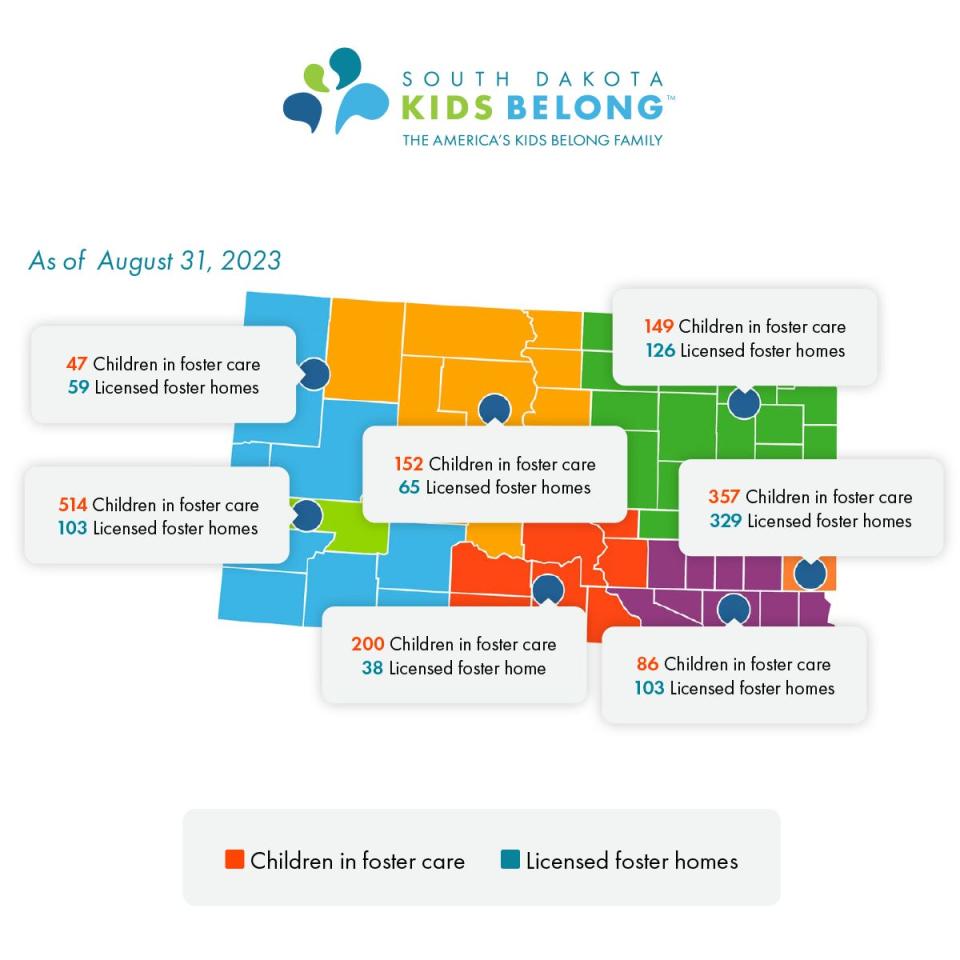
Not only are the children separated from their families, support systems and cultures, but that distance also makes it harder for families to achieve reunification, said Holly Christensen, executive director of Sioux Falls-based nonprofit The Foster Network.
Parental visits are necessary for reunification. The visits determine a parent’s reliability and drive to see their child. It allows social workers to observe how the parent and child interact. And it serves as an incentive for parents to reach expectations set out in their case plan.
For 32-year-old Christian Banley, access to transportation was tenuous. The Aberdeen mother had to travel hundreds of miles to visit her two daughters in foster care: one in Madison and the other in Sioux Falls, 150- and 200-mile drives, respectively.
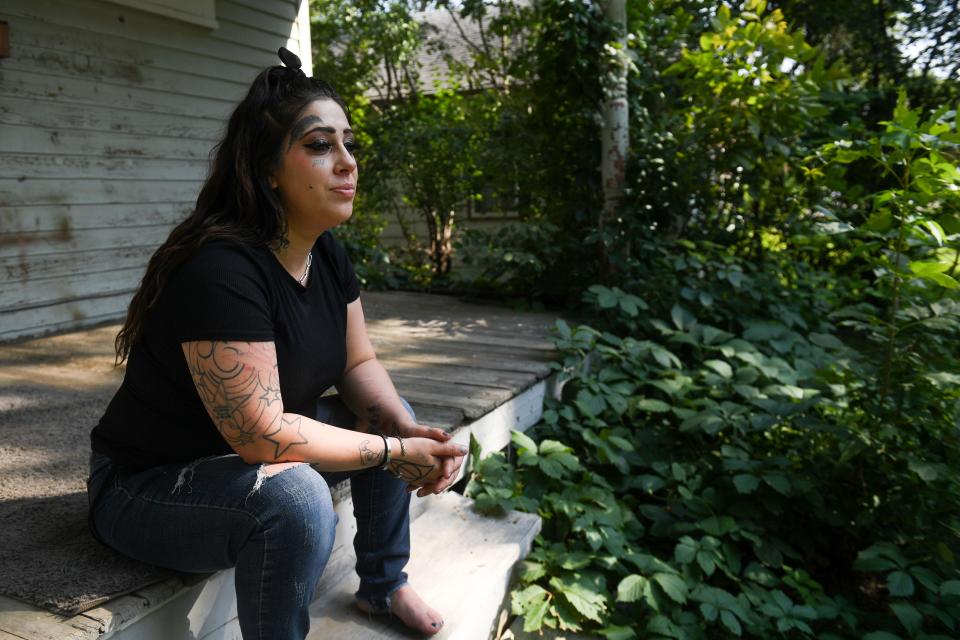
Banley’s car was constantly breaking down. When she did manage to get on the road, she wasn’t legally able to drive because her license was revoked for prior tickets. Without a reliable car, Banley would be late to visitations with her daughters each month or miss them altogether.
Even at the end, when Banley’s parental rights were terminated — meaning she would be legally cut out of her daughters’ lives and uninformed about her daughters’ wellbeing or adoption status — she struggled to find a ride to say goodbye in Sioux Falls.
More: ‘Waiting for life to start again’: Family agonizes over parental termination
Because of such distance and hurdles for parents, most visits are reduced to virtual meetings, foster parents say.
“How do you interact with a baby on the phone?” Christensen said. “It doesn’t give the parents motivation to stay sober or work with their plan, because they’re not getting that weekly gratification. Sadly, a lot of that is just because there’s not enough foster families out west.”
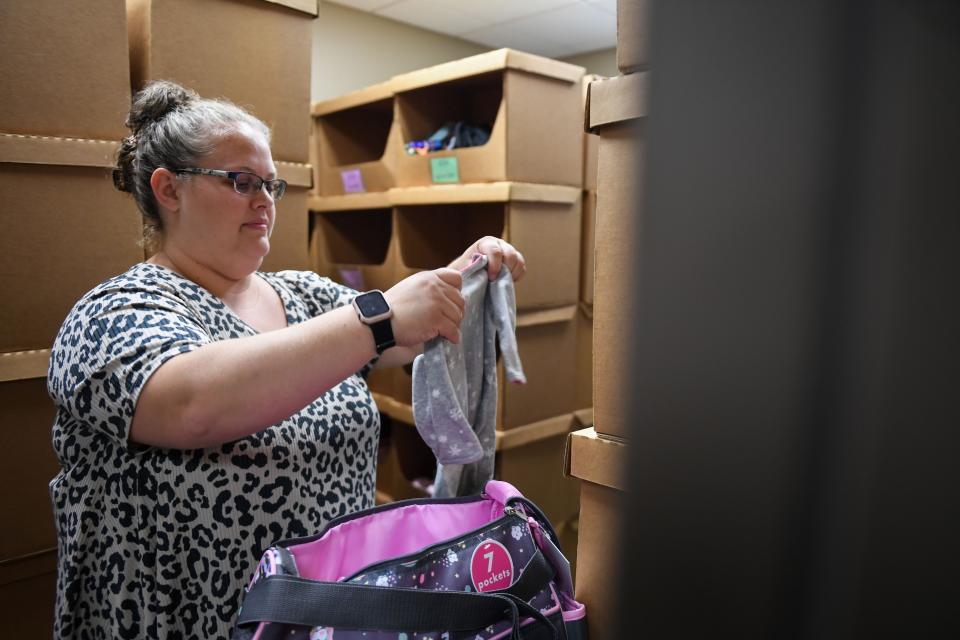
If a parent is able to drive such distances, they might have to take a day or two off work. DSS will reimburse gas and will provide rides as part of ICWA’s “active efforts” requirement, but it takes time for the reimbursement to process and some families don't trust case workers enough to work with them.
Parents working on reunification also may need to travel for parenting classes or addiction counseling, said Jewel Bruner, a Cheyenne River tribal member who has custody of her eight grandchildren. But without reliable transportation, missing visits and required classes can hinder the parent’s chances to be reunited with their child.
"That's where you're setting the parent up for failure," Bruner said. "If you don't have a ride and you live out in the districts, then you're just S-O-L."
‘They impose their systems on our people’: Housing requirements inconsistent with tribal customs, elders say
A safe, stable place to live is a top requirement for reunification. Research shows that a lack of stable housing can lead to poor health and educational outcomes for children.
Even when families have housing, they could be living in a multigenerational household with multiple children to a room or even beds. Multigenerational living situations can appear as overcrowding.
While such living arrangements are culturally accepted, it subverts Western society's mainstream view of what should be acceptable or safe, said Marcella Gilbert, a Cheyenne River elder and former foster village administrator."
"They impose their systems on our people," Gilbert said.
On the Cheyenne River Indian Reservation, the waiting list for an affordable home is hundreds of people long.
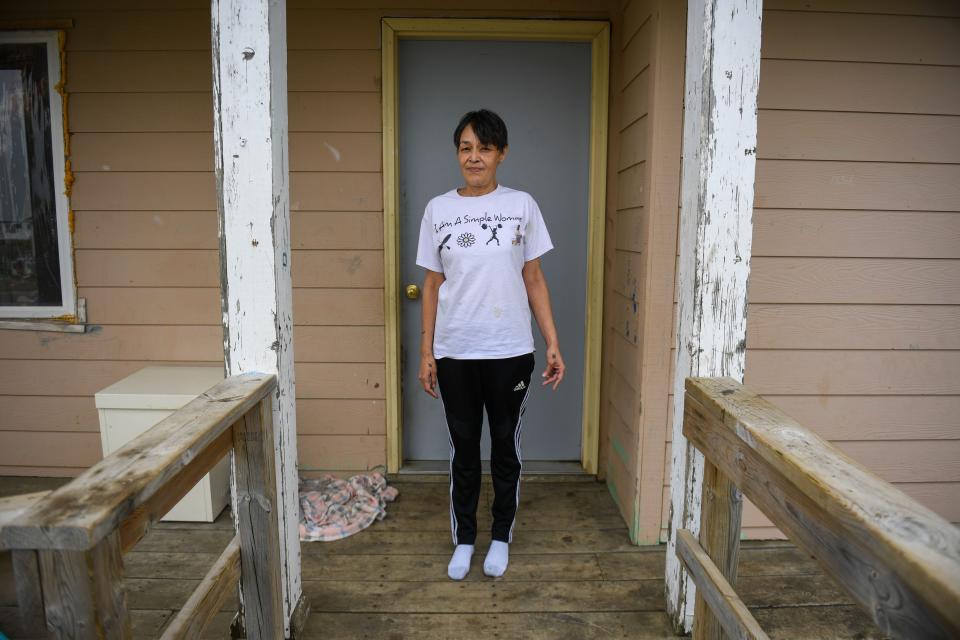
Federally recognized tribes across the country and in South Dakota can apply for funds to build houses on their land. But Sharon Vogel, the housing director for the Cheyenne River Housing Development Authority, said those dollars aren’t guaranteed every year and it’s highly competitive.
“You can have a great application but you could lose just on the fact that you won an award the year before,” Vogel said.
That leaves families trying to find housing with few options. They may have to leave the reservation, resort to homelessness or crowd together with extended family and grandparents in their homes.
Bruner has 18 family members living in her four-bedroom house. Three of her children lived in her home along with their several children because they couldn’t find stable housing.
One of her daughters found housing earlier this year and moved out, leaving a bedroom that was quickly filled by the grandchildren sleeping in the living room.
Changing expectations hurt parental reunification confidence, ICWA directors say
As parents work through their reunification case plans, social service experts say the state DSS or the courts can change or add requirements for parents to complete.
Juanita Scherich, the ICWA coordinator for the Oglala Sioux Tribe, said sometimes it feels like the state wants to drag out the requirements by changing plans.
"When they do that, then it's kind of hard because you have more things you've got to work on,” she said, explaining sometimes the state will ask a parent already working one job to find another more suitable job.
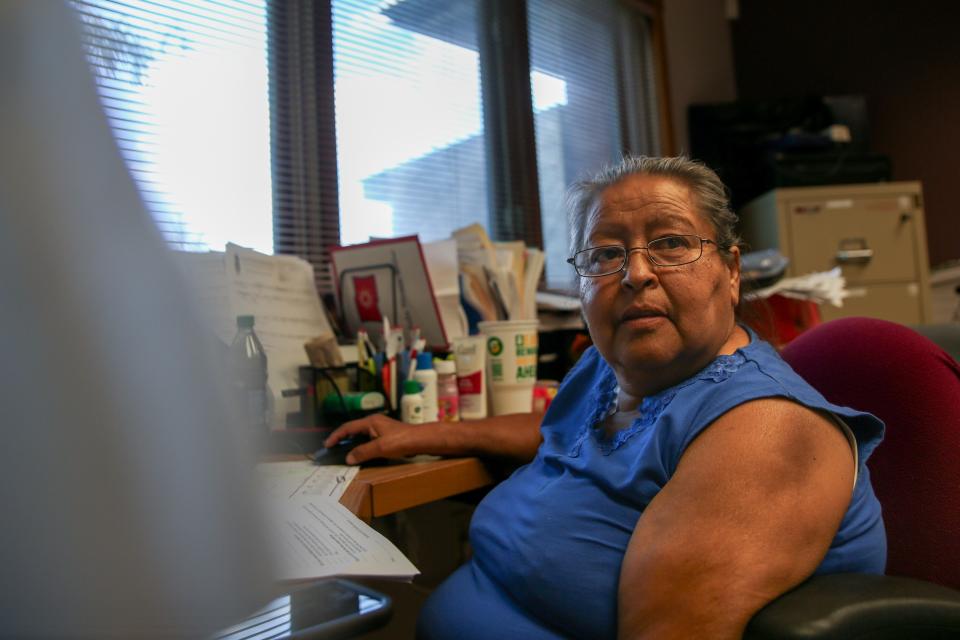
Scherich couldn’t say how often the state adds or changes requirements to parental case plans.
David Simmons, the government affairs and advocacy director for the National Indian Child Welfare Association, is critical of parental case plans. Parents are set up for failure when they can't access the required training or classes, he said.

Items not tied to the original reason children were removed from their family are oftentimes added to a parent’s case plan. And when those expectations and requirements are changed, parents can get discouraged, Blackbird said.
“I try to encourage them more to get in there and tell them, ‘You're doing good,’” the Crow Creek ICWA director said. “They need to hear that encouragement.”
State officials say if the state does have a role in keeping families together and healthy, then that involves treating root causes to prevent family separation. That includes education and ensuring parents stay committed to the family unit and their children, said state Department of Social Services Secretary Matt Althoff.
"Just building a more robust foster system seems like we're only treating the symptoms," Althoff said.
This article originally appeared on Sioux Falls Argus Leader: Barriers to reunification reflect causes of child removal in foster care

